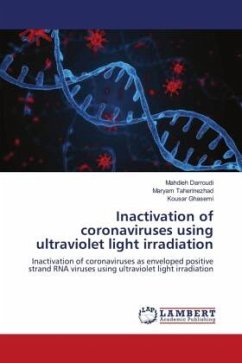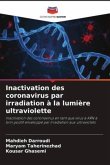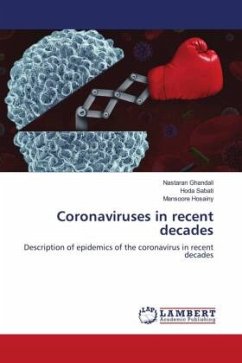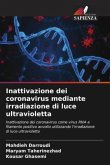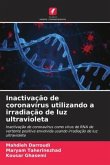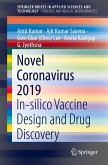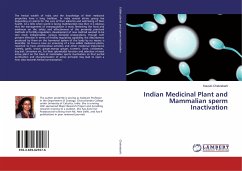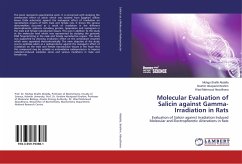Biomedicine is inseparable part of medicine that play vital role in modern medical progress. Improving nanobiotechnology will cause spectacular change and success in biomedicine application. Emergence and spread of coronavirus are a recent widespread public health crises threat. In numerous outbreaks triggered by viruses, the transmission of the infectious agents can occur by contaminated environmental parameters. Because of the growing incidence of viral infections, there is a necessity to assess novel engineering control methods for disinfection and inactivation of viruses. Although spontaneous recurrences are possible, a wide variety of internal and external triggers may lead to the transformation of the virus from a dormant to a proliferative state. Sunlight through ultraviolet germicidal irradiation is considered as a promising method for inactivation of viruses. This book evaluated the effectiveness of the UV treatment for the virus inactivation on the environment and also on the preparation of vaccine. Moreover, analyzing the features of the correlation and several steps that can take to lower risk of triggering coronavirus outbreak after sun exposure is explored.
Bitte wählen Sie Ihr Anliegen aus.
Rechnungen
Retourenschein anfordern
Bestellstatus
Storno

